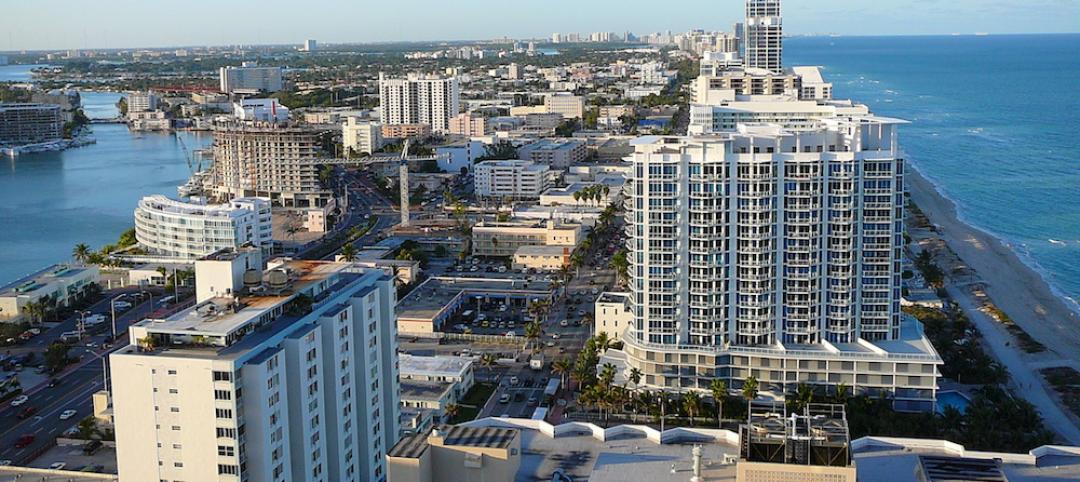The Environmental Protection Agency’s 2017 Construction General Permit (CGP) went into effect on Feb. 16.
This permit requires compliance with effluent limits and other permit requirements, including the development of a Stormwater Pollution Prevention Plan. A CGP is required for most sites that will disturb one or more acres of land.
Companies that intend to seek coverage under EPA's 2017 CGP must submit a Notice of Intent (NOI) using the NPDES eReporting Tool for the CGP to certify the permit’s eligibility conditions and that the entity will comply with the permit’s requirements. An operator of a site with 2012 CGP coverage where construction activities began prior toFebruary 16, 2017 is required to submit a new NOI for coverage under the 2017CGP using NeT-CGP by May 17, 2017.
Related Stories
Regulations | Aug 8, 2016
EPA toughens rules to reduce formaldehyde exposure from composite wood products
Products will now have to be labeled as compliant to the new rules.
Regulations | Aug 5, 2016
Stop-work orders in New York City up sharply this year
The orders come after a rise in the number of deadly accidents that have occurred in the past few years.
Sustainability | Aug 4, 2016
S.F. Bay Area voters approve first-of-its-kind tax to fight impact of climate change
The funds from the tax will be used to restore wetlands
Concrete | Aug 2, 2016
Concrete Association builds case against cross-laminated timber
The campaign asserts that not enough is known about CLT in construction
Seismic Design | Jul 28, 2016
Risk of man-made earthquakes now factor in seismic hazard analysis
Significant risk increases seen in some areas of the U.S.
Resiliency | Jul 27, 2016
New York’s resilience plans not taking long-term view, critics charge
Continued waterfront development may be regretted later this century.
Green Specifications | Jul 26, 2016
New Miami Beach law requires LEED certification on projects larger than 7,000 sf
LEED Silver the prescribed standard on buildings larger than 50,000 sf.
Energy | Jul 25, 2016
Michigan law provides local governments with flexible energy conservation financing
Allows cities to fund projects without adding debt.
Contractors | Jul 15, 2016
Trade unions, contractors call for maximum penalty in construction worker death case
‘Sick and tired’ of lawbreaking contractors defining public perception.
Multifamily Housing | Jul 14, 2016
Portland, Ore., City Council approves construction excise tax for affordable housing
Expected to raise $8 million annually on commercial and residential projects.
















